Cover crops
Cover crops help soil structure, water management, improve biodiversity, are a valuable source of green manure, lock in carbon and some even help reduce potato cyst nematode populations.
Cover crops are key as part of an Integrated Farm Management model as promoted by LEAF (Linking Environment and Farming).
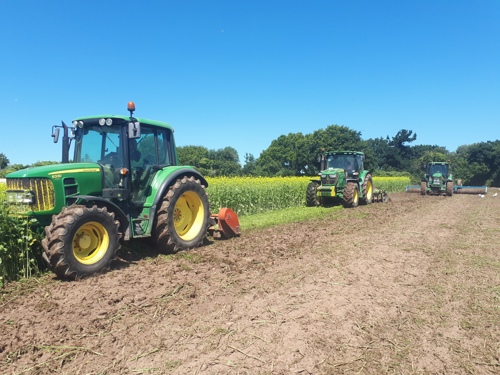
Hot mustard mixes are quick to germinate, so fix the ground. We leave it to grow until it is in full flower and then flail and incorporate it. During this process the bio-fumigant releases a natural gas into the ground which we seal by rolling, and this helps to eliminate any residual population of PCN that is still in evidence.
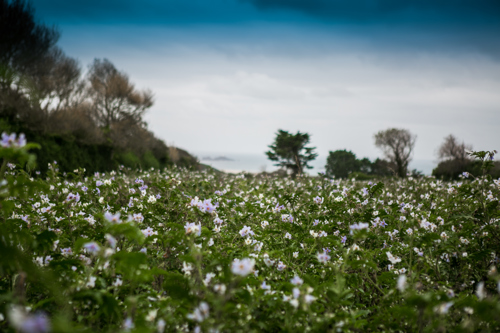
Prickly potato (Solanum sisymbriifolium) is part of the same parent family as potato. As this grows, PCN cysts hatch believing that there are potato roots to feed on, but without a food source naturally die.
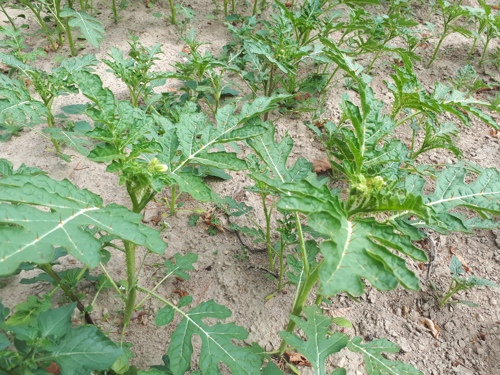
This can be a tricky crop to establish, and is slow growing.
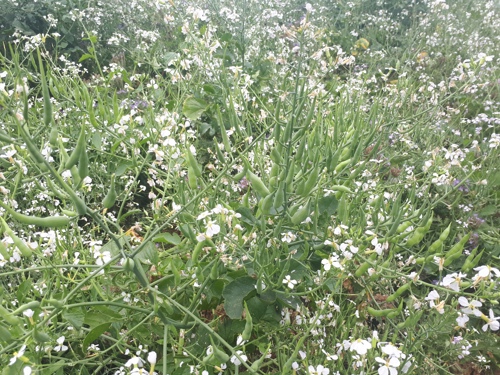
Forage radish is a relatively new crop to Jersey. This is grown as part of a mix alongside phacelia, sunflowers, legumes and other crops. Whilst providing good biomass and a good habitat for wildlife as well as a food source for pollinators, the deep root of the radish can also help to break up compaction, and at the same time aid with water management.
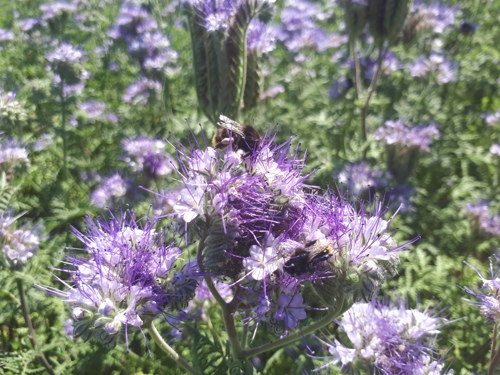
Phacelia is a crop that lights up the countryside and as a long-flowering plant is brilliant for pollinators.
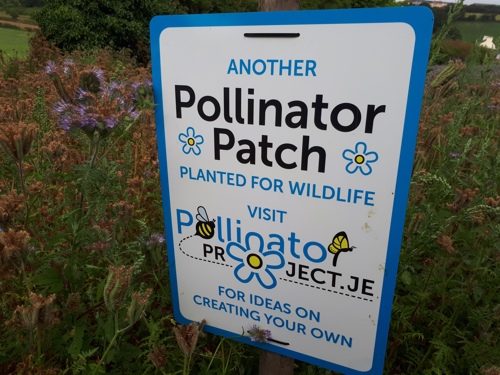
Aside from these crops, there is a lot of grass and maize sown following potatoes, both of which are harvested and made into silage for winter fodder for dairy cows.

